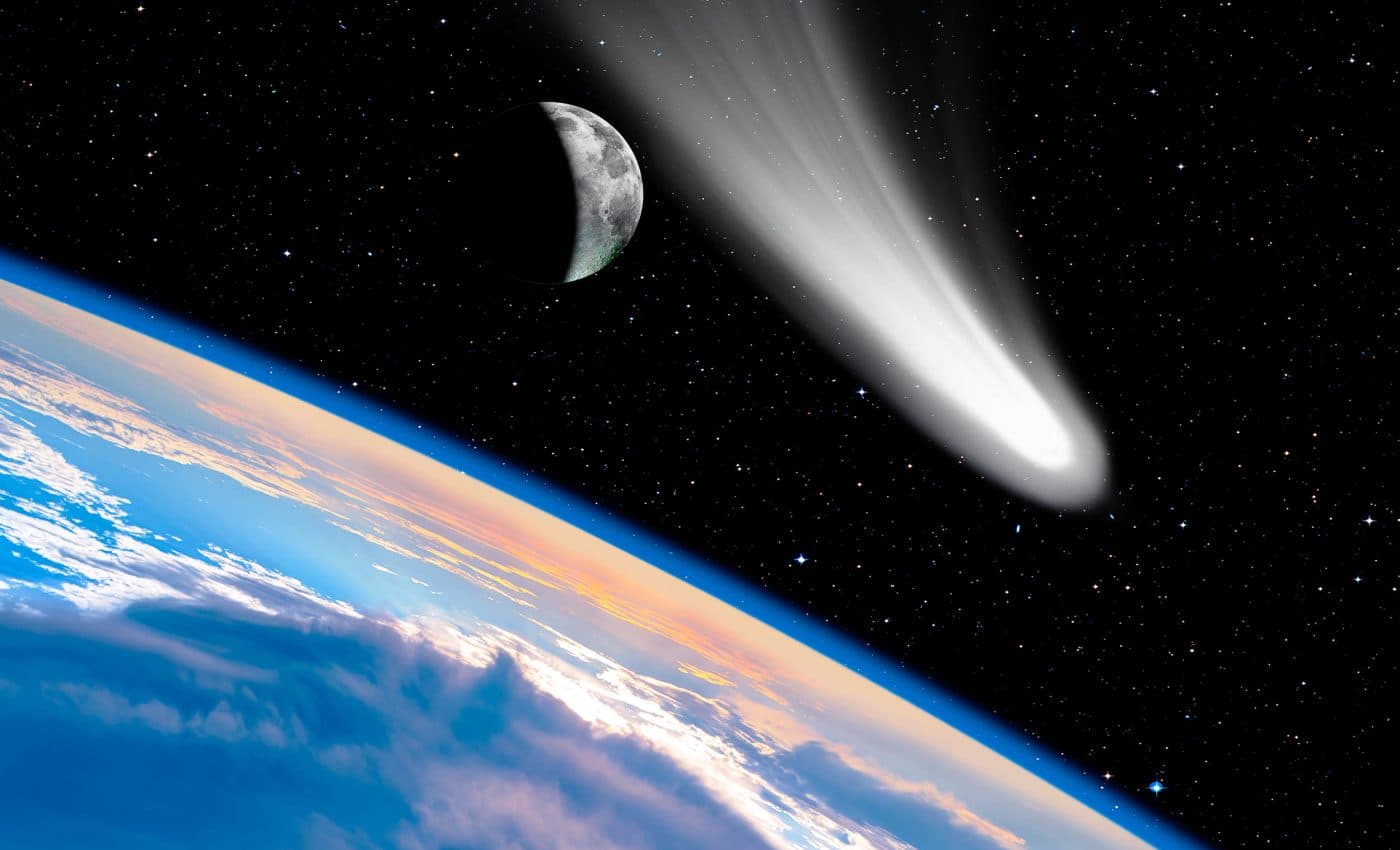Did you know that up to 60% of near-Earth objects could be dark comets? These mysterious space travelers orbit our sun and might have helped bring water to our planet. Dark comets likely contain or once contained ice. A new study from the University of Michigan supports this idea. Aster Taylor, a U-M graduate student in astronomy led the study. Taylor’s curiosity about the frosty secrets of the asteroid belt drove their research.

The asteroid belt, for those unfamiliar, is a region between Jupiter and Mars filled with rocky asteroids. Since the 1980s, scientists have suspected that these asteroids might hold hidden ice. Taylor’s findings strengthen this suspicion.
Taylor couldn’t confirm if dark comets delivered water to Earth but suggested it could be a way to bring ice from other parts of the solar system to our planet. “We don’t know if these dark comets brought water to Earth. But there’s still debate on how Earth’s water arrived,” Taylor said. “Our work shows there’s another way to get ice from the solar system to Earth.”
Dark comets are puzzling. They combine traits of asteroids and comets. Asteroids, which are close to the Sun, lose any ice through sublimation, becoming rocky bodies without ice. They have stable orbits and lack the coma or tails seen in comets.
Comets have a fuzzy cloud called a coma, formed by sublimating ice carrying dust. This gives them a glowing look through telescopes. They have elongated orbits that take them far from and close to the Sun.
Taylor’s study looked at seven dark comets and estimated that 0.5 to 60% of near-Earth objects could be these bodies. These dark comets probably come from the asteroid belt. Taylor explained that the near-Earth environment changes quickly over ten million years. Near-Earth objects don’t stay in their orbits long and are continuously replaced by a larger source.
Leave a Reply